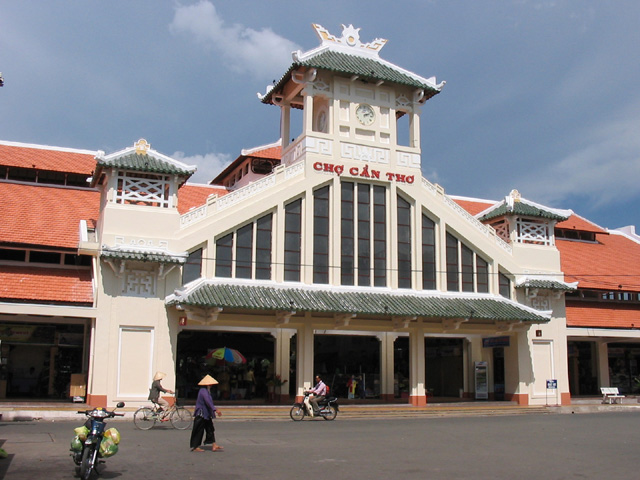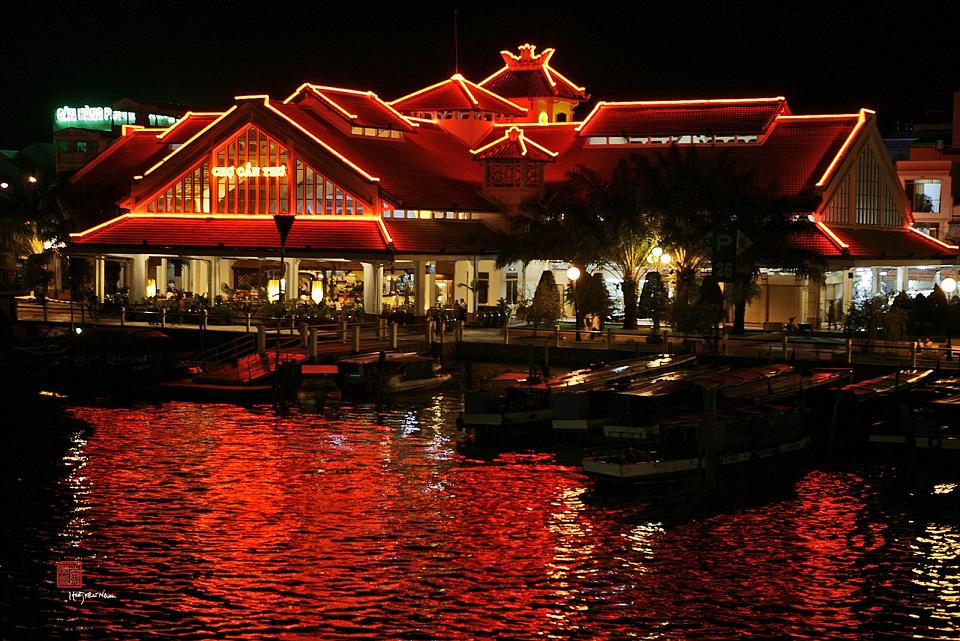
Ingredients:
10 chicen wings
2 tbsp tapioca/corn starch
3 hot chili pepper
1 large clove garlic
3 tbsp sugar
3 tbsp fish sauce
3 tbsp water
1 tbsp fresh lime/lemon juicecooking oil to deep-fry
Directions:
Directions:
Cut wing at elbow joint, break at the knuckle and cut through the cartilage.
Pat dry with kitchen towel
Season lightly both sides with salt and pepper. Set aside for 15 mins
Crush garlic and chili in a mortar and pestle finely.
In a ziplock bag, add 2 tbsp tapioca/corn starch and wings. Shake well to coat wings with starch,
Shake off the excess starch
In a large pan, add cooking oil just enough to over the bottom of the pan. Place wings into the oil when it is still cold.
Turn on the heat to medium high. Increasing temperature of the oil will cook the wings inside out, making it crispy on the outside and juicy on the inside.
Fry for about 10 mins or until the edges turn golden, turn them over and fry for another 8-10 mins until golden brown.
Alternative 1: Remove each wing and deep into the sauce when it is still hot. It's gonna absorb the sauce very quickly.
Alternative 2: Drain the oil, add wings back to the pan, pour the sauce over and simmer on low heat for 3-5 mins until the sauce thickens.
http://travel.org.vn/food-drink/
http://travel.org.vn/food-drink/


































